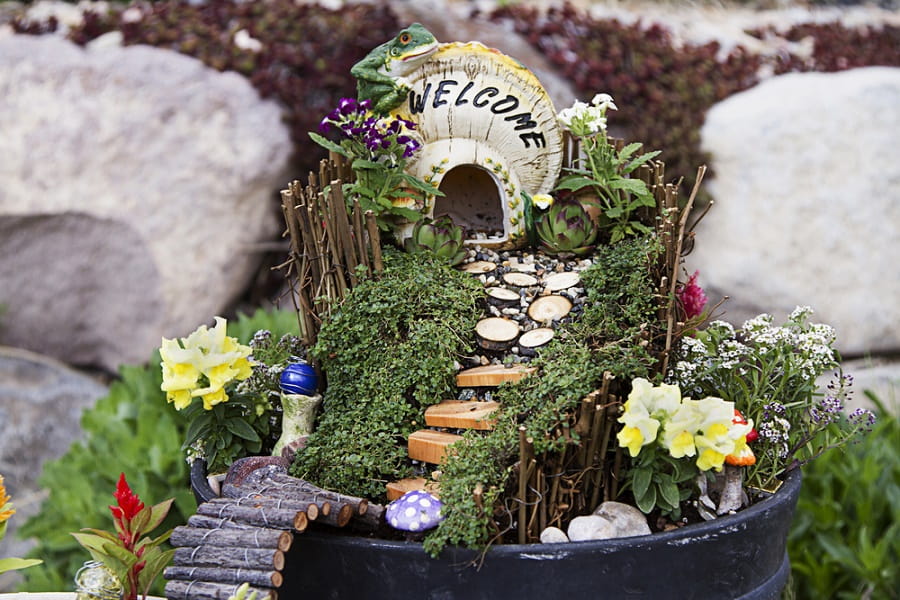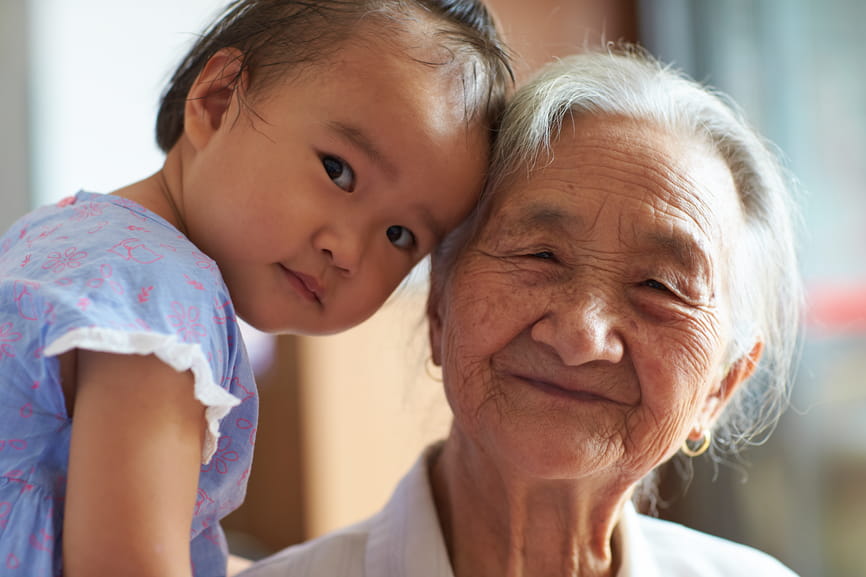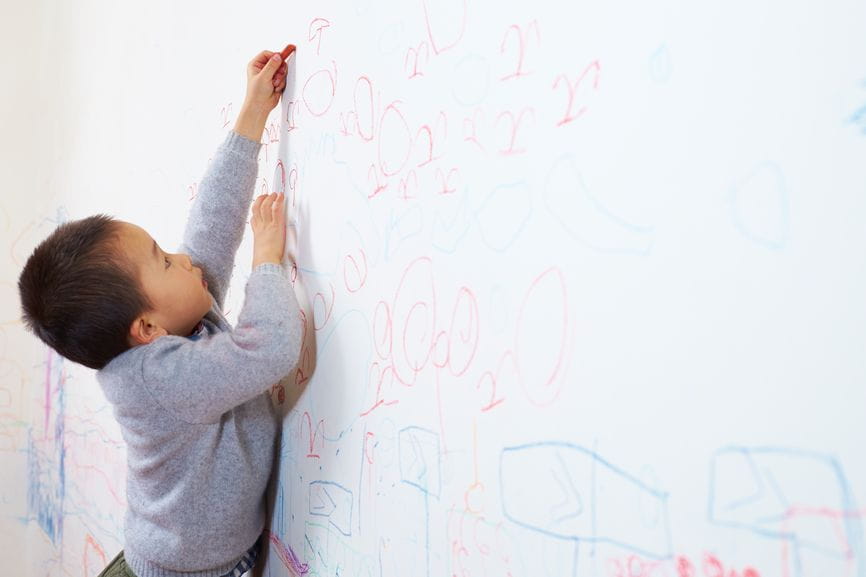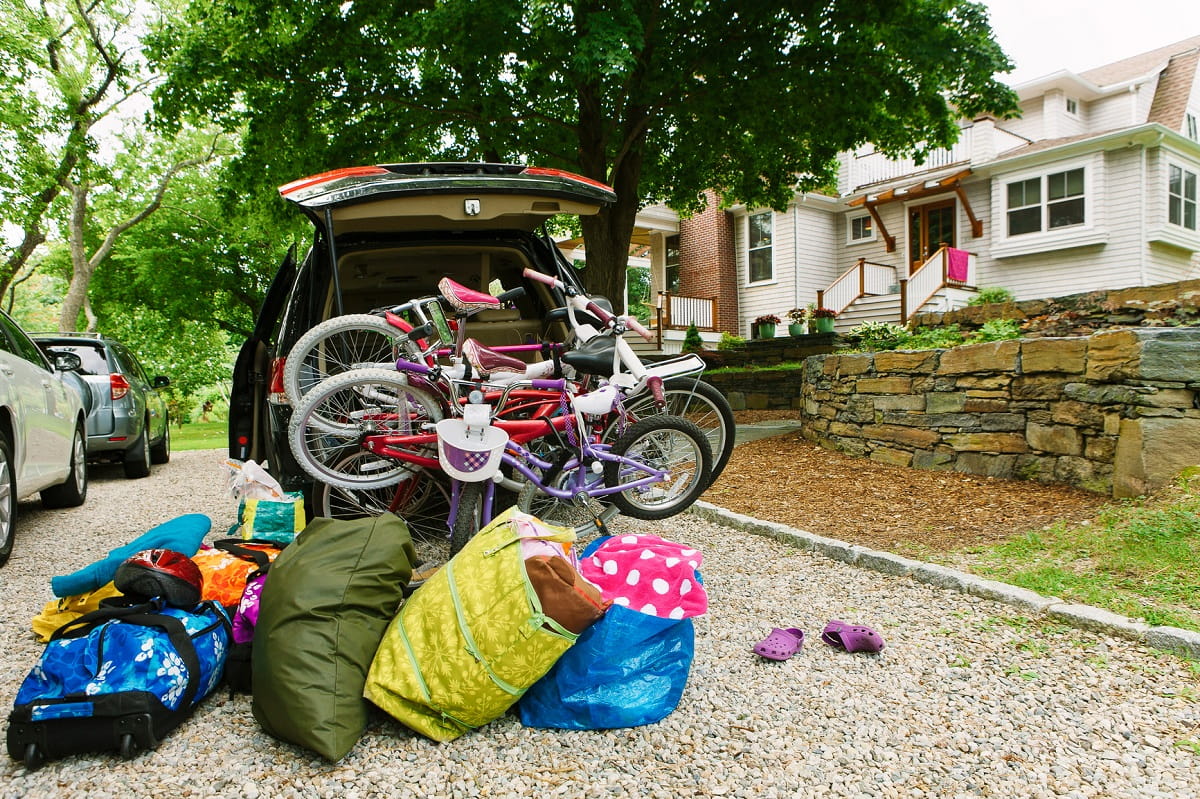Wet and Wow! 5 Fun (and Scientific!) Bathtub Activities for Kids
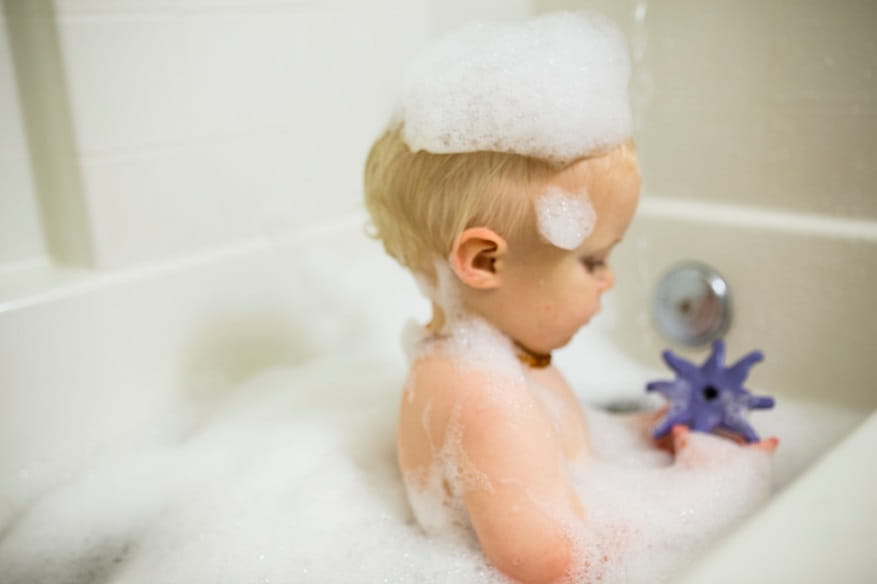
Say the words “science experiment” to most adults, and they may have flashbacks of papier-mâché volcanoes. But when it comes to babies and toddlers, bathtub science experiments can promote scientific discovery any day, every day.
At its core, science is observing and experimenting with the world around us, and it starts with the wonder and awe little ones experience daily. Watching a window fog up on a rainy afternoon? Science. Touching noses with the other baby in the mirror? Science. Smelling different fruits at the market? Yep, that’s science, too.
Bath time is particularly rich in opportunities to explore—so try these five fun bathtub activities to bring some of that magic of discovery to your munchkin’s nighttime routine.
1.Water-Reaction Bathtub Science Experiments
Challenge your child to a bathtub science guessing game.
1. Gather a few items from around the house that fall into two categories: things that aren’t changed by water (think whisks, plastic cups, an apple, bath-friendly plastic toys, etc.) and things that are (dry sponges that will grow, fabric that gets darker, ice cubes that will dissolve, etc.).
2. For each object, ask your child if they think it will change or stay the same, then have fun exploring what happens when things get wet!
2. Bath Time Stargazing
With a few glow sticks and glow-in-the-dark stars, you can transform your bathroom into a magical astronomical wonderland.
1. Simply “cracktivate” a few glow sticks and throw them into the water, slap some glow-in-the-dark stars on the ceiling, and hit the lights.
2. Hand your child a “telescope” (i.e., toilet paper roll) so they can get a better view! (Pro tip: Instead of throwing the light sticks away when bath time is over, throw them into the freezer instead—they’ll keep glowing until the next time you need them.)
3. Bubble up: How Many Different Ways Can You Make Bubbles?
If your child is old enough to blow in a straw without drinking, you can always explore blowing bubbles in the bath with a straw—but there are also plenty of other ways for youngsters to get bubbly!
1. Supply your little one with a whisk to stir up bubbles and a bubble-blowing wand (just make sure the bath is soapy enough for it to work).
2. You could also have them explore other objects to see if they can blow bubbles with them. Mason jar lids, ponytail holders, a pipe cleaner bent into a circle, or even a hand with thumb and pointer finger touching—they might be surprised by their discoveries!
4. Measure by Measure: Which Holds More Water?
This bathtub science experiment works best with cups of similar volume but different shape (i.e., a narrow, tall glass vs. a wide, short glass).
1. Collect a few cups, pitchers, and plastic bowls in different shapes and sizes. Then have your child select two containers and guess which one holds more water.
2. Test their hypothesis by filling one container with water, and then pour it into the second. If it overflows, the first can hold more water—if it doesn’t, the second container holds more.
5. Rainbow Bath: Color-Mixing with DIY Paint
Bring color exploration to the canvas of your bathtub with natural, primary-colored bath paint (that doesn’t stain)!
1. Simply combine ¼ cup of kid-friendly shampoo, ¼ cup of cornstarch, and one tablespoon of water.
2. Divide this mixture into three small cups and add three or four drops of red, blue, or yellow food coloring to each cup to make primary-colored bath paint. (If it’s too thick, add more water half a tablespoon at a time; if things get runny, add another dash of cornstarch).
3. Encourage your child to try their hand at mixing colors on the walls of the bath or shower: What happens when they mix red and blue, yellow and blue, red and yellow, or even all three together? They’re sure to have fun—and with a bit of a rinse afterward, it’s the cleanest craft around!
